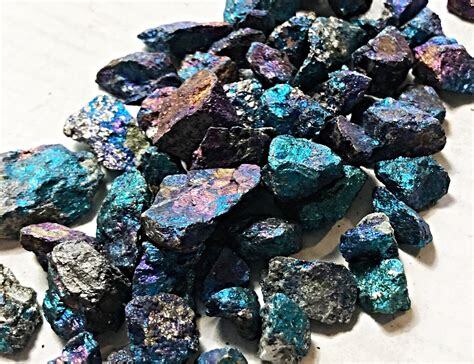Construction and Fabrication Materials in Greco-Roman Civilization

Copper ore
Episode 2: The Substance of Technology – Materials
Understanding Greek and Roman Technology: From the Catapult to the Parthenon
Dr Stephen Ressler (2013)
Film Review
The main building materials used during the Greco-Roman period were stone, wood, clay, copper, bronze and iron. According to Ressler all were available before the classical era.* Each featured a unique combination of compressive and tensile strength,** workability (ability to be molded or carved) and durability (resistance to rot, corrosion, fire, etc).
The first stone blades were produced by pre-human hominids 2 million years ago. Soon after homo sapiens evolved around 300,000 BC, they learned to construct stone axes with wooden handles.***
Although stone, owing to its high compressive strength, was an ideal building material for the columns and walls of Greek temples, wood was was better for roofs because it bends without breaking. Yet because it lacks durability, no roofs of Greek temples have survived.
Clay is a highly workable building material because it can be molded into any shape. Clay bricks are still used in third world countries where wood is scarce. It has low to moderate compressive strength, near zero tensile strength and limited durability (clay brick structures rarely last longer than 30 years).
Around 2600 BC, human beings discovered that clay fired in a kiln becomes more durable as tera cotta. The latter was used widely in Rome for roofs and dishes. In Sumeria it was also the world’s first media for preserving written script.
After recognizing the beneficial effect of heating clay, people began heating limestone to make lime, wood to make charcoal and mineral ores to make metals. Pretty much equal in tensile and compressive strength, metals are extremely malleable. They can be melted down and cast in molds, and hammering them into thin sheets makes them even stronger.
Copper was the first metal humans used. Around 9000 BC, people living in the Middle East collected pure copper lumps from streams, melting them down to make into tools and ornaments. It would be another 5,000 years before they learned to smelt copper from copper ore (found in Mesopotamia, Anatolia and Cypress). When copper ore and charcoal are smelted, carbon monoxide from the charcoal combines with oxides in the ore to produce carbon dioxide and pure copper.
With a melting point of 2000 degrees, copper is easier to smelt than iron which melts at 2800 degrees. However even copper smelting requires massive amounts of charcoal. Twenty pounds of charcoal (with seven pounds of wood required for each pound of charcoal) produces one pound of charcoal. According to Stressor, copper and bronze production caused massive deforestation, explaining modern Greece’s desolate landscape.
Once our ancestors learned to add tin to copper to make bronze, they found it was stronger than copper and easier to cast because it had a lower melting point.
The first iron originated from meteorites and was a a luxury item for several thousand years before it was smelted. Around the second millenium BC, humans learned to smelt iron from hematite and charcoal. At 2200 degrees (the highest temperature they could reach), the two combined to produce an impure “bloom” that had to be hammered to remove impurities. Iron produced in this way was referred to as wrought iron. Cast iron wasn’t produced (outside of China) until the Middle Ages.
Prior to the Middle Ages. iron and bronze were used interchangeably. More plentiful than copper or tin, iron formed a sharper edge but was also more susceptible to corrosion. Initially used for weapons and armor, as productions costs dropped Iron was also adopted for civil uses (eg to hold bricks or a ships timber slats together, for wheel rims, axles, fittings and connectors).
*Concrete was the only building material developed during the classical era.
**Compressive strength is the maximum amount of pressure a load bearing feature can withstand before it breaks. Tensile strength is the maximum amount of stress a material can withstand while being stretched or pulled before breaking.
***An ax with a stone handle breaks because it has less tensile strength than wood.
Film can be viewed free on Kanopy.
https://www.kanopy.com/en/pukeariki/watch/video/146678/146682
The Most Revolutionary Act
- Stuart Jeanne Bramhall's profile
- 11 followers



